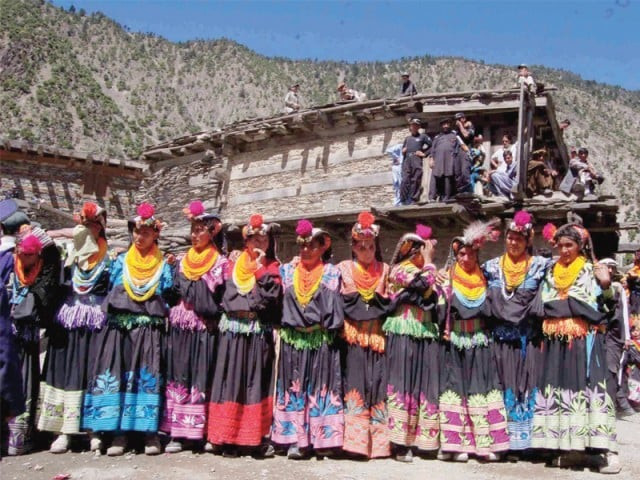Preserving our culture
Unless proactive steps are taken to preserve our culture, it will wither for lack of care and attention.

Petty squabbles about how our culture is defined need to be set aside because that very culture is crumbling before the eyes of those who would see it narrowly defined or circumscribed. PHOTO: EXPRESS/FILE
The importance and relevance of museums was also stressed, with the Lyallpur Museum Director making the point that museums contribute to the continuous process of learning. Some of our culture is at risk from advancing militarisation and the Swat Valley has seen the destruction of a number or Buddhist artefacts. Oral traditions are no less vulnerable — lullabies, bedtime storytelling and the passing of oral traditions from generation to generation are fading as the information age advances. Unless proactive steps are taken to preserve our culture, it will wither for lack of care and attention, and the colourful diversity of our lives will become greyer and featureless, homogenised, as a result. Languages can be preserved by teaching them in schools, and communities large and small can be engaged in activities that support cultural preservation and the media can raise awareness through creative programming. Petty squabbles about how our culture is defined need to be set aside because that very culture is crumbling before the eyes of those who would see it narrowly defined or circumscribed.
Published in The Express Tribune, December 16th, 2013.
Like Opinion & Editorial on Facebook, follow @ETOpEd on Twitter to receive all updates on all our daily pieces.















COMMENTS
Comments are moderated and generally will be posted if they are on-topic and not abusive.
For more information, please see our Comments FAQ